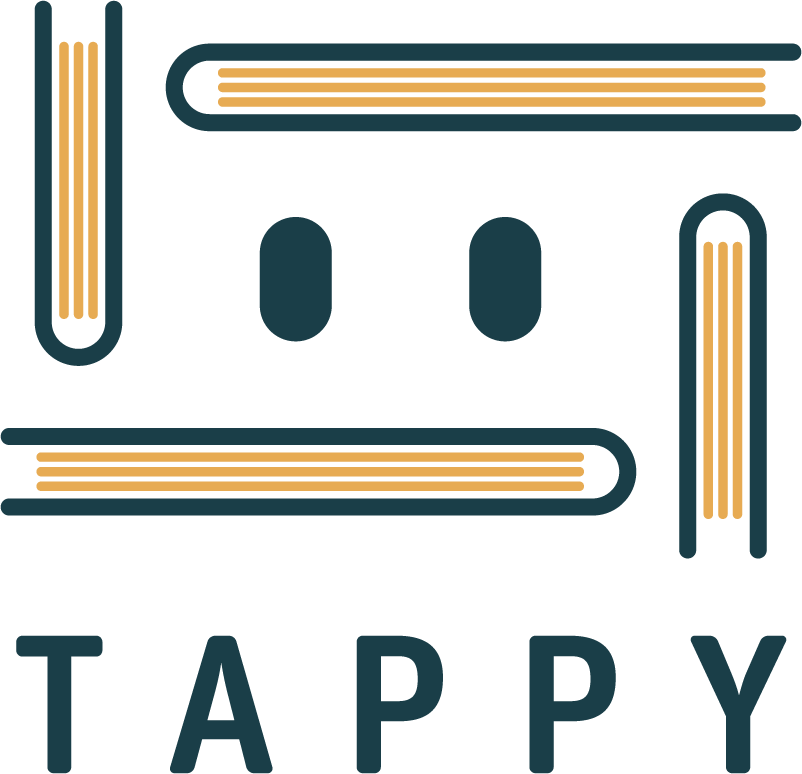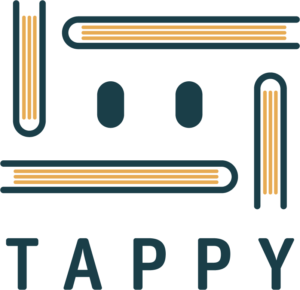Real Classroom Scenario
Picture this: you’re an elementary school math teacher, and you’re struggling to help your students grasp abstract concepts like fractions, geometry, and problem-solving. Despite your best efforts, many of your students are disengaged, easily distracted, and struggling to understand the material. You’ve tried various teaching methods, but nothing seems to stick.
That’s where manipulatives come in. By incorporating hands-on, tactile learning tools into your math lessons, you can transform your classroom into an interactive, engaging environment where students can physically manipulate objects to explore and understand mathematical concepts. Suddenly, fractions become tangible, shapes become more than just drawings on a page, and problem-solving becomes a fun, collaborative activity.
Quick Start Guide
Materials needed:
– Fraction tiles or circles
– Pattern blocks
– Counters or base-ten blocks
– Geoboards and rubber bands
– Dice or spinners
Basic steps for immediate implementation:
1. Introduce the manipulatives and explain their purpose
2. Demonstrate how to use them for a specific concept
3. Allow students to explore and experiment with the manipulatives
4. Guide them through practice problems or activities
5. Encourage discussion and collaboration
Time requirements:
– Introductory lesson: 30-45 minutes
– Subsequent lessons: 15-20 minutes for warm-up or reinforcement activities
Practical tips for preparation:
– Organize manipulatives in labeled containers or baskets
– Create visual aids or anchor charts to support understanding
– Plan engaging activities or games to reinforce concepts
– Use Tappy to organize your lesson plans and resources in one place
Detailed Implementation
Step-by-step instructions:
1. Begin by introducing the manipulatives and explaining their purpose in helping students understand mathematical concepts.
2. Demonstrate how to use the manipulatives for a specific concept, such as representing fractions with fraction tiles or circles.
3. Provide guided practice opportunities, where students can work individually or in small groups to explore the concept using the manipulatives.
4. Encourage students to discuss their observations and findings with their peers, fostering collaboration and deeper understanding.
5. Gradually transition to more independent practice, where students apply their knowledge to solve problems or complete activities using the manipulatives.
6. Regularly reinforce and review concepts by incorporating manipulatives into warm-up activities or review sessions.
Common pitfalls and solutions:
– Pitfall: Students may treat manipulatives as toys and become distracted.
Solution: Establish clear expectations and guidelines for using manipulatives responsibly.
– Pitfall: Students may struggle to connect the physical manipulatives to the abstract concepts.
Solution: Use guiding questions, visual aids, and explicit connections to bridge the gap between concrete and abstract understanding.
Student engagement techniques:
– Incorporate manipulatives into math games or challenges
– Encourage students to create their own representations or models using manipulatives
– Facilitate group discussions and sharing of strategies
– Use Tappy to create interactive, multimedia lessons that integrate manipulatives
Tips for smooth integration with Tappy:
– Upload images or videos demonstrating the use of manipulatives
– Organize your manipulative resources and activities in Tappy’s digital library
– Create interactive lessons that guide students through the use of manipulatives
– Use Tappy’s planning tools to seamlessly incorporate manipulatives into your math curriculum
Differentiation Strategies
Adaptations for different learning levels:
– For struggling learners, provide more concrete examples and scaffolding with manipulatives
– For advanced learners, challenge them with open-ended tasks or extension activities using manipulatives
Support for ELL students:
– Use visual aids and manipulatives to support language development
– Encourage students to explain their thinking using manipulatives as a communication tool
Modifications for special needs:
– Adjust the size, texture, or color of manipulatives to accommodate different needs
– Provide adaptive tools or assistive technology as needed
Note how Tappy assists with differentiation:
– Tappy’s digital library allows you to curate resources and activities for different learning levels
– Interactive lessons can be tailored to provide additional support or challenges
– Tappy’s planning tools help you organize and track differentiated instruction
Assessment & Success Indicators
Observable outcomes:
– Students can accurately represent and model mathematical concepts using manipulatives
– Students can explain their thinking and strategies using manipulatives
– Students demonstrate increased engagement and participation during math lessons
Assessment methods:
– Observe students’ use of manipulatives during practice and activities
– Conduct formative assessments by asking students to model or represent concepts with manipulatives
– Incorporate manipulatives into summative assessments or performance tasks
Student feedback strategies:
– Encourage self-assessment by having students reflect on their understanding using manipulatives
– Facilitate peer feedback by having students share their strategies and models with classmates
Include Tappy’s role in assessment:
– Use Tappy’s assessment tools to create interactive, multimedia assessments that incorporate manipulatives
– Analyze student performance data and track progress over time
– Provide targeted feedback and remediation using Tappy’s digital resources
Teacher Tips & Tricks
Time-saving suggestions:
– Prepare manipulatives in advance and store them in labeled containers
– Rotate manipulatives among small groups to maximize use and minimize disruptions
– Use Tappy’s lesson planning tools to streamline your preparation process
Classroom management tips:
– Establish clear expectations and procedures for using manipulatives
– Assign specific roles or responsibilities to students during group work
– Use attention signals or timers to manage transitions and refocus students
Technology integration ideas:
– Use interactive whiteboards or tablets to demonstrate and model with virtual manipulatives
– Incorporate educational apps or websites that allow students to interact with digital manipulatives
– Use Tappy to create interactive, multimedia lessons that integrate manipulatives seamlessly
Quick note about Tappy automation:
– Tappy’s automation features can help you streamline routine tasks, such as creating assessments or providing feedback, freeing up more time for hands-on instruction with manipulatives.
Resource Box
Educational Websites:
– ReadWriteThink.org for literacy resources
– Oercommons.org for peer-created materials
– Edutopia.org for teaching strategies
– NCTM.org for math resources
– CommonLit.org for reading materials
Recommended Books:
– ‘Teaching Student-Centered Mathematics’ by John A. Van de Walle
– ‘Mathematical Mindsets’ by Jo Boaler
– ‘Minds on Mathematics’ by Wendy Ward Hoffer
– ‘Making Math Meaningful’ by Jamie York


Leave a Reply